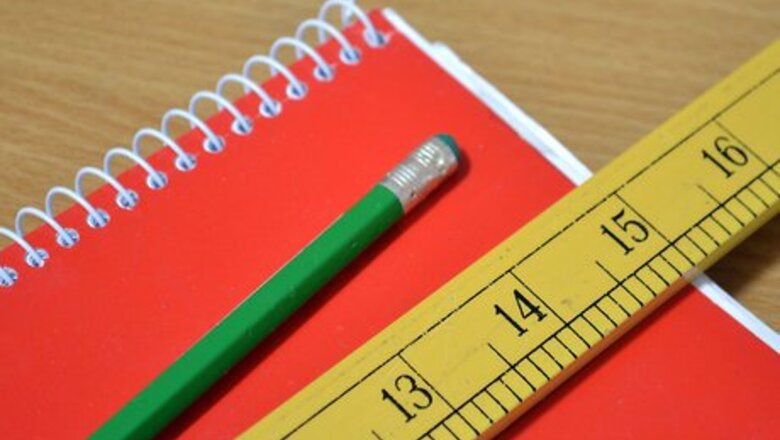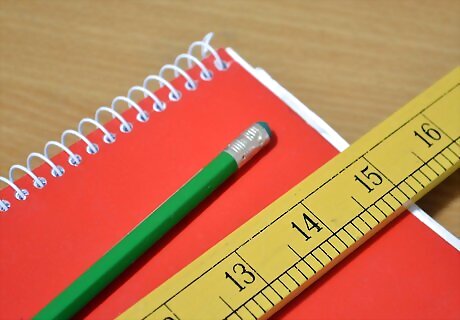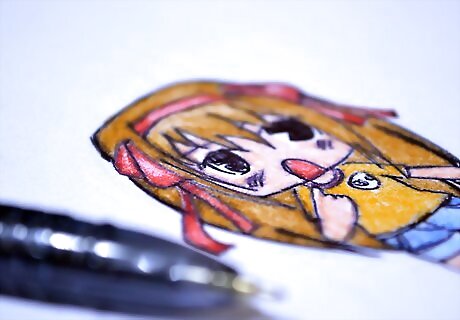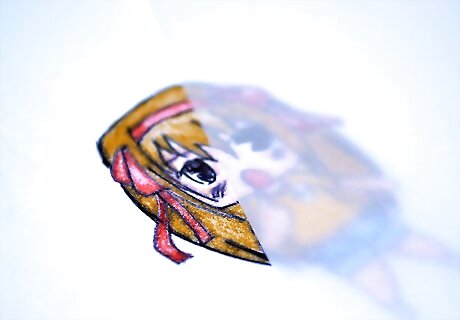
views

Know the standard drawing sizes for comic books and comic strips. The standard drawing size for comic books is 10 inches (25 cm) wide by 15 inches (37.5 cm) tall, while the standard for a multi-panel comic strip is 13.25 inches (33.1 cm) by 4.25 inches (10.63 cm) and 3.5 inches (8.75 cm) by 4 inches (10 cm) for a single-panel strip. The paper size you use should accommodate these dimensions, plus a border of at least 1/2 inch (1.25 cm) on each side.

Choose a 2-ply Bristol paper for your pencil sketches. Most professional comic artists use 2-ply Bristol paper, which comes in both pads and large sheets that can be custom-cut to whatever size you need. Bristol paper also comes in 2 styles, each with its own particular feel. Rough finish Bristol paper is also called "kid" or "vellum" paper. Rough finish paper may produce fuzzier lines when inking directly on the paper, and may cause inking pens to splatter the ink a bit more. Smooth finish Bristol paper is also called "plate." Smooth finish paper causes ink to dry more slowly, leading to a greater chance of ink smears. Each brand of Bristol paper is formulated slightly differently, giving it different properties from another brand's rough or smooth paper. You'll want to buy the best paper you can afford.

Get vellum paper if you want to ink on a different paper than you drew on. Not the same "vellum" as rough finish Bristol paper, vellum paper is thin like tracing paper, but costlier and of higher quality. If you're the kind of artist who erases a lot, you can do all you pencil sketches on Bristol paper, then overlay it with a sheet of vellum paper and do your inking there. However, vellum is subject to tearing, and because of its thinness, it's usually mounted on a piece of stiff backing board after the inking is done.












Comments
0 comment